I am curious about the runtime performance of an infinite list like the one below:
fibs = 1 : 1 : zipWith (+) fibs (tail fibs)
This will create an infinite list of the fibonacci sequence.
My question is that if I do the following:
takeWhile (<5) fibs
how many times does fibs evaluate each term in the list? It seems
that since takeWhile checks the predicate function for each item in
the list, the fibs list will evaluate each term multiple times. The
first 2 terms are given for free. When takeWhile wants to evaluate
(<5) on the 3rd element, we will get:
1 : 1 : zipWith (+) [(1, 1), (1)] => 1 : 1 : 3
Now, once takeWhile wants to evaluate (<5) on the 4th element: the
recursive nature of fibs will construct the list again like the
following:
1 : 1 : zipWith (+) [(1, 2), (2, 3)] => 1 : 1 : 3 : 5
It would seem that the 3rd element needs to be computed again when we
want to evaluate the value of the 4th element. Furthermore, if the
predicate in takeWhile is large, it would indicate the function is
doing more work that is needed since it is evaluating each preceding
element in the list multiple times. Is my analysis here correct or is
Haskell doing some caching to prevent multiple evaluations here?

